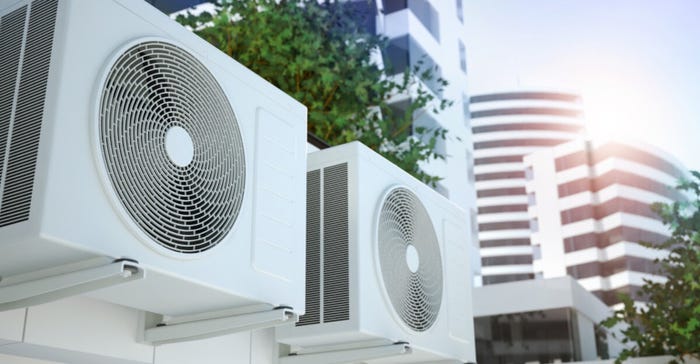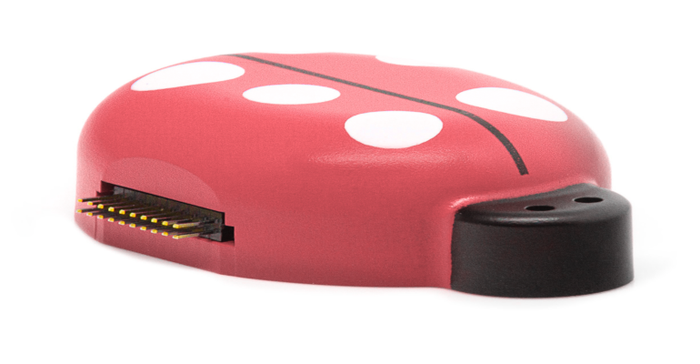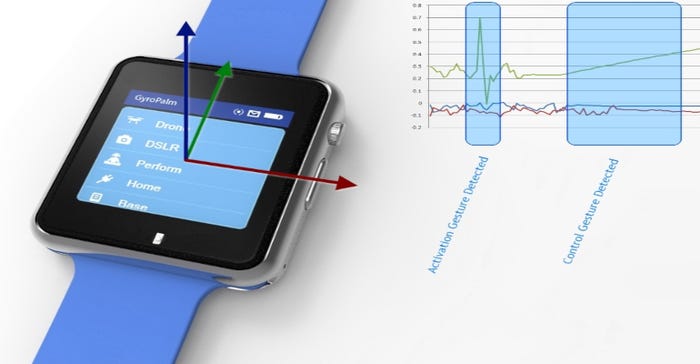Hot Sensor Trends You Should Know
More intelligence and lower power consumption are just two of the key trends that will continue to be the main drivers in the sensors industry over the next year.

The recently concluded Sensors Converge exhibition and conference in Santa Clara, CA, was a rich treasure trove of sensor technology, highlighting the latest trends and products in the ever more important world of sensors. These technologies represented several key trends that are likely to dominate sensor developments in the coming months.
Here are some of the key takeaways from this year’s Sensors Converge.
1) Sensors for Sustainability Continue to Grow
Concerns over greenhouse gas emissions, and the rash of wildfires in Eastern Canada that are affecting air quality in many parts of the Eastern U.S. continue to drive demand for gas and other environmental sensors.
During a Sensors Converge keynote session, Dr. Christian Peters, Director of Smart Sensors and Hardware Systems for Robert Bosch LLC, said that over 20% of global carbon emissions were caused by wildfires, which is a staggering figure considering all the wildfires that have occurred in recent years.
But environmental sustainability is not just outdoors. The increasing trend towards Smart Buildings has led to greater interest in indoor environmental monitoring as well.
Infineon Technologies recently announced that its XENSIV PAS CO2 sensor has passed the performance requirements defined by the internationally recognized green building certifications WELL and LEED.
Based on Photo-Acoustic Spectroscopy (PAS) technology, the sensor provides real-time measurements for indoor air quality. It integrates in a small form factor module a PAS transducer (MEMS acoustic detector, infrared source and optical filter); a microcontroller for signal processing and algorithms; and a MOSFET chip to drive the infrared source. The acoustic detector provides high sensitivity, while the sensor’s miniaturized size reduces space requirements by more than 75 percent compared to other commercially available real CO2 sensors.

2) Onboard Intelligence, AI Making Inroads
No longer are sensors just monitoring data and sending it back to a central processor for further action. The increasing complexity of IoT networks and need for more immediate decision making is fueling development of more sensors with on-board processing that can make decisions based on the sensed data. Or, the sensors now work with processors located in the network edge instead of in the cloud.
STMicroelectronics’ recently introduced LIS2DUX12 MEMS accelerometer, which won a Best of Sensors award, integrated a machine learning core (MLC) that the company says enables systems to respond more quickly to external events while lowering power consumption. The integrated MLC in the LIS2DUX12 and companion LIS2DUXS12 enables artificial intelligence (AI) algorithms to perform reliable activity detection and the finite state machine (FSM) enhances movement recognition to provide autonomous processing in the sensor. This in turn helps lower power consumption and enables faster system responses.
3) Sensors Watching Their Power Use
The rise of battery-operated applications and the sheer number of sensors needed in many monitoring networks is prompting sensor makers to design their latest parts for the lowest power consumption possible.
When TDK introduced their InvenSense Smart Bug 2.0 IoT sensor earlier this year, one of the key features was the use of a very low power IMU (inertia measurement unit). The sensor IMU’s current draw is a miniscule 220 microamps at 50 Hz, which TDK says extends battery life by a factor of three, thus enabling the sensor to collect data for a much longer time. This will be boon in IoT networks that must operate continuously or in remote areas.

4) Presence Sensing Technologies Make Progress
Infineon’s use of acoustics is just one example of how innovative physics is being employed in new sensors. At Sensors Converge, the use of technologies such as touch and radiowaves for presence sensing was also in evidence.
Molex, for example, displayed its latest Percept sensor, which relies on touch technology to enable a vehicle to sense a pending impact and its potential severity, signaling other system vehicle systems to take evasive and other corrective action if needed.
5) Cool Applications Continue to Emerge
Many interesting uses for sensors were shown at Sensors Converge. While vehicles, robotics and industrial, environmental and sustainability, and medical were not surprisingly well represented, there were some “fun” applications, too.
A young startup company called GyroPalm LLC showed its GyroPalm spectrum, a gesture recognition system that relies on a wrist-worn device to initiate gestures that can be wirelessly transmitted to control all types of appliances and devices. Swiping gestures and even user-customized movements can be learned and performed.
The company says the device could find uses in industrial and medical applications, as well as in gaming and general computing.

About the Author(s)
You May Also Like





